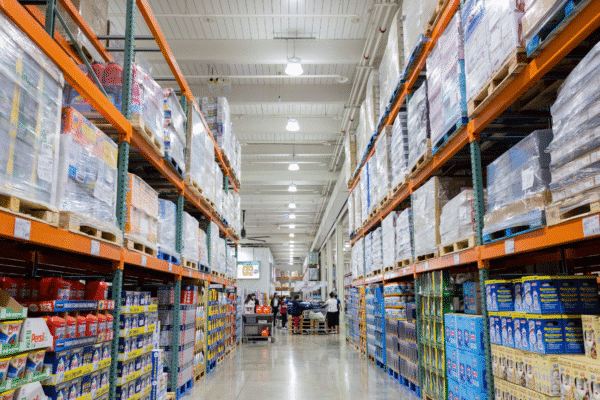So, you’re thinking about selling your business? Congratulations! But before you get too excited about the initial offer, there’s one key detail to understand: Working Capital. It can significantly impact the final amount you walk away with.
An initial offer typically comes early in the sale process, after some initial discussions but before lawyers get involved with a complex contract. They’re also known as Non-Binding Indicative Offers (NBIOs), Letters of Intent (LOI), Term Sheets or Heads of Agreements (HOA). Most initial offers present a headline price based on a “normalised” working capital – basically, the cash tied up in the business to keep things running day-to-day. But what exactly is “normal”? That’s where things get a little more complicated.
Business advisors understand the ins and outs of working capital, but for many owners, it’s a new concept learned during the selling process. Here’s a breakdown to help you navigate this crucial aspect of the deal.
Working Capital
Think of your working capital as the lifeblood of your business. It’s the capital of the business which is needed to cover everyday expenses like inventory, outstanding payments from customers, and upcoming payroll.
The initial offer might mention a “cash-free, debt-free” basis with a “normalised” level of working capital. This means the buyer is essentially saying, “We’ll pay you this much, assuming your business has a typical amount of working capital on hand.” If the headline price was not tied to a normalised working capital level, a seller/ vendor would be incentivised to collect all debtors and run up its creditors leading up to the ‘completion day’, potentially by delaying payments to employees and suppliers. This would benefit the seller at the expense of the buyer, who would then need to inject additional cash into the business to fund the go-forward working capital requirements of the company.
But what’s “typical” can be debatable, for example:
- Is a 3-month, 6-month or 12-month working capital average more representative of a normalised Working Capital level?
- Should customer advances be considered as Working Capital or more like a loan or a debt?
- Are there any balance sheet one-offs that do not reflect a steady-state operating profile of the business?
- Should the normalised Working Capital level be based on the historical Working Capital requirement or future Working Capital requirements?
- How has working capital been assessed in other similar transactions?
- Should annual leave be considered a Working Capital item or not?
- How do intra-month cash movements impact Working Capital?
These are all questions that impact the “normalised” working capital number. And there’s also often some room for negotiation.
The Negotiation Game: Buyers vs. Sellers
Naturally, buyers want to negotiate the highest value for a “normalised” working capital number (this negotiated value is often referred to as the ‘Working capital PEG’ or ‘PEG’). On the other hand, you, the seller, will want it to be as low as possible to maximise your payout. Depending on the nature of the business, there may be a small or very large spread in the assessment of the “normalised working capital” by the buyer and seller
This can lead to some back-and-forth discussions, during which an experienced M&A advisor can be a huge asset. They can help you understand the arguments, negotiate on your behalf, and ensure you get a fair deal.
But Before Negotiation: Optimising Your Working Capital
Here’s the good news: even before you enter negotiations, you have some control over your working capital. Ask yourself: is your current working capital situation optimal? Could you be more efficient with your inventory, e.g. by introducing just-in-time procurement, or improve your collections process to get paid faster? By streamlining your working capital needs, you can strengthen your negotiating position i.e. by making a case for a lower “normalised working capital”.
The Bottom Line
Understanding working capital is crucial when selling your business. It can significantly impact the final payout. By working with an advisor and taking steps to optimise your working capital beforehand, you can ensure you get the best possible deal.










